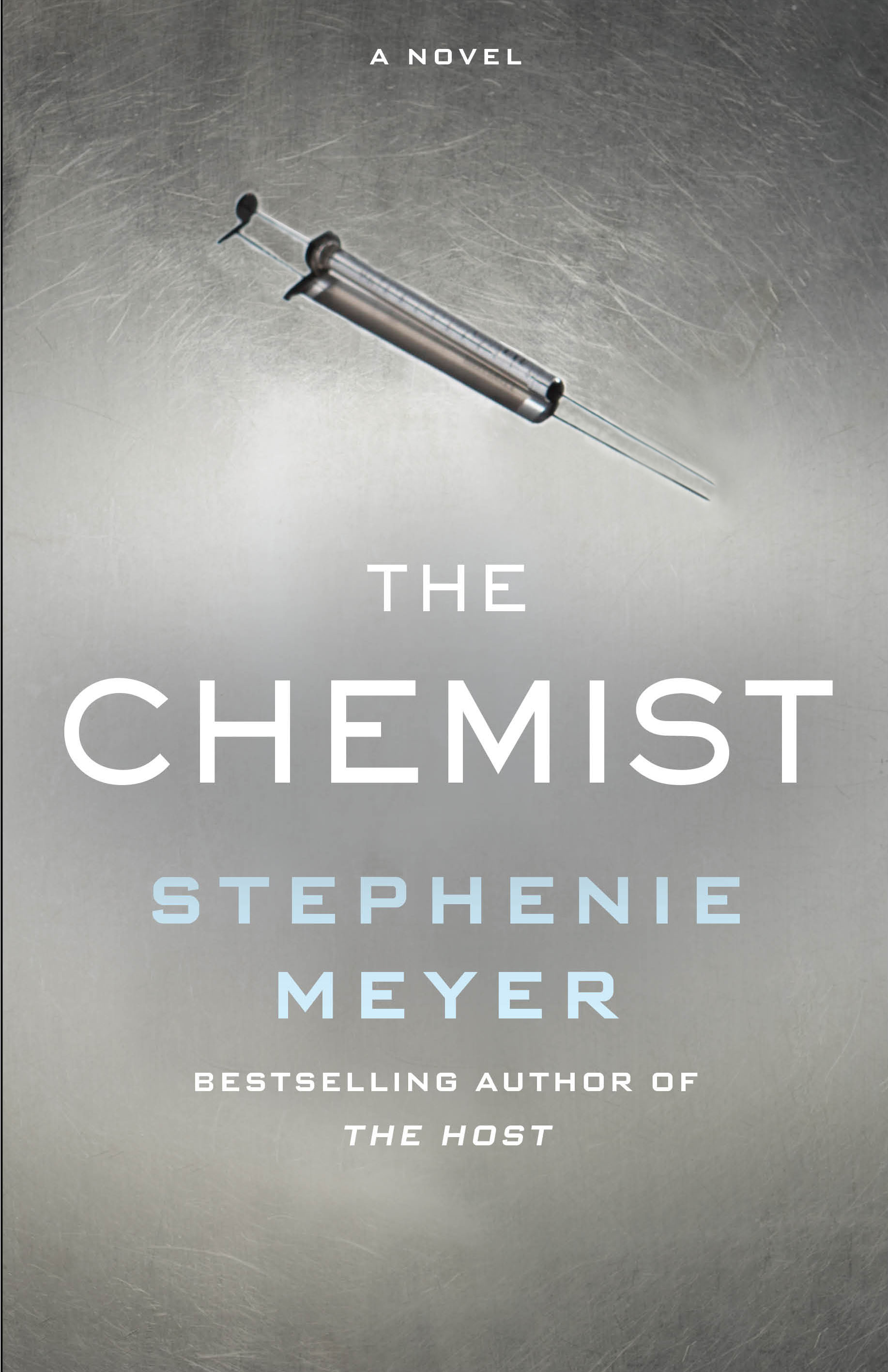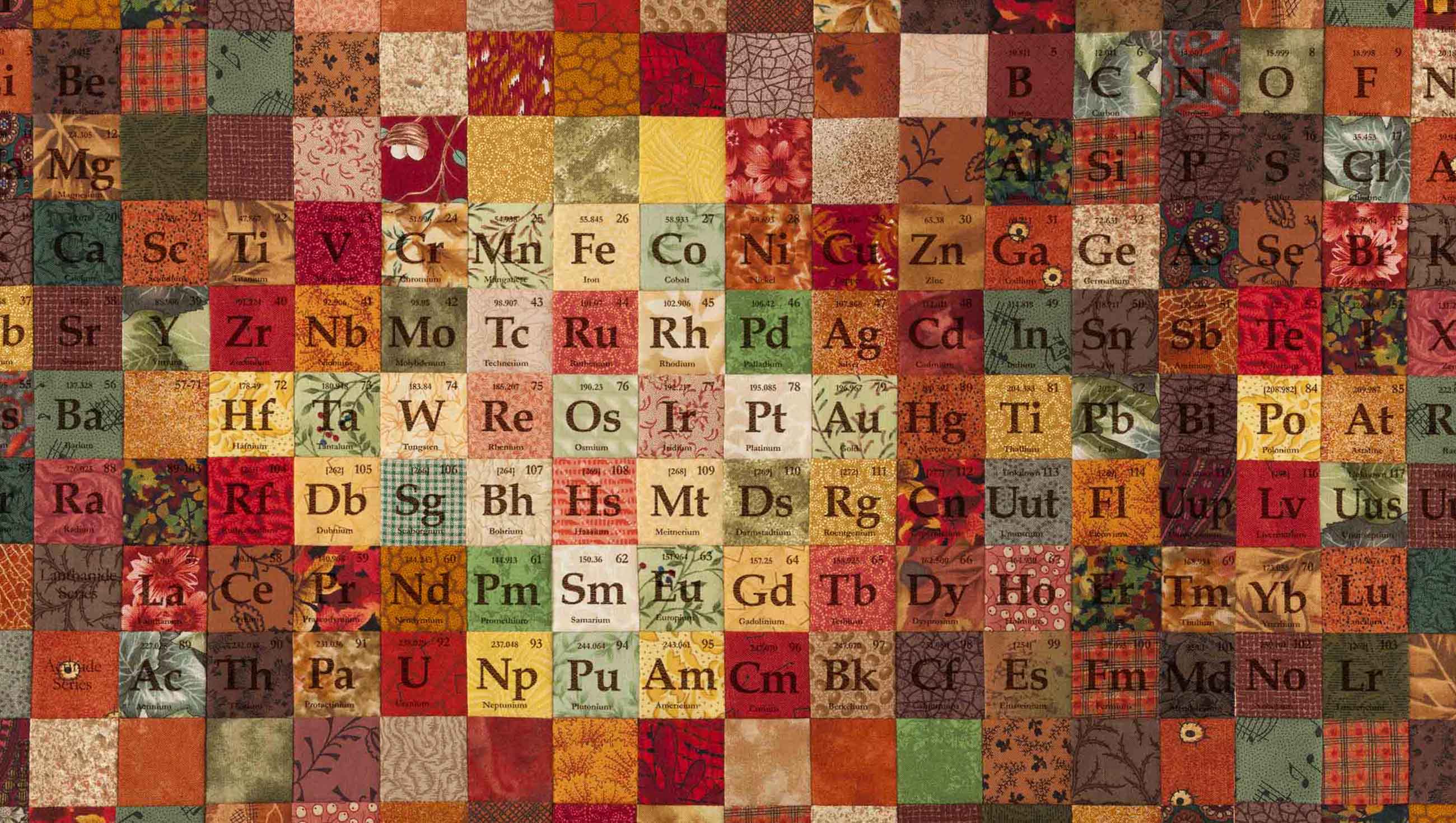This book has everything. Well, almost everything, including: domestic terrorism, international terrorism, biological weapons, the Mafia, an international drug cartel, medical torture, plain old-fashioned torture, an evil twin, Batman, romance, government conspiracies, at least three faked deaths, and a partridge in a pear tree. What it doesn’t have, despite the title, is anything resembling actual chemistry.

BOOK REVIEW — “The Chemist,” by Stephenie Meyer. (Little, Brown. 518 pages.)
Its resemblance to the plot of a Jason Bourne movie is no coincidence. Stephenie Meyer, creator of the “Twilight” teen-vampire-romance franchise, is a certified member of the Bourne universe. She wrote fan fiction inspired by the 2012 movie “The Bourne Legacy,” and her new novel, “The Chemist,” is a kind of love letter to fellow Bourne devotees, complete with a formal dedication to their hero and to the “Bourne Legacy” stalwart Aaron Cross.
Even though I’m a chemist, I’m happy to go along with this kind of thing as long as the science is halfway plausible. If I buy James Bond, I should be able to buy Meyer’s title character Juliana Fortis. Except I couldn’t. Meyer doesn’t so much create a believable scientist as cobble together various scientific terms and vignettes, then graft them, Frankenstein-style, onto a standard Meyer ingénue (Bella of the “Twilight” series or Melanie of “The Host”) mixed with a Bourne-land baddie. The result is Juliana, a patchwork character in a monster of a book at 518 pages.
Juliana attended Columbia University’s medical school and had a very busy four years. In between medical studies, she did significant research in every field that enables her to fully develop drugs, explosives, and biological and chemical weapons. Unlike many newly-minted M.D.s, Juliana eschewed a residency in favor of on-the-job training at a secret government lab, for which the powers-that-be recruited her in medical school. At the lab, she puts her immense education to use — Spoiler Alert! — to torture potential terrorists.
That a doctor would engage in medical torture is, sadly, believable. But it hardly makes Juliana a sympathetic character. Instead, she comes across as villain-playing-hero — the type of scientist Jason Bourne or Aaron Cross would have loathed (and probably killed). In any event, she escapes an assassin and begins life on the lam.
Not one to slack off, Juliana spends part of her fugitive time working as a Mafia doctor and gets a much-needed surgical residency. Besides stitching up her own wounds from repeated attempts on her life, she has to perform highly complicated surgery to save her new boyfriend — a boyfriend, whom by the way, she kidnapped and tortured about 440 pages earlier. Yes, it is as creepy as it sounds. But against all odds, the ingénue gets her vampire. Oops, sorry, wrong Meyer book.
Keeping herself alive is where Juliana spends most of her chemistry time during her fugitive years. She cooks up performance-enhancing drugs, typically used in the Bourne universe to keep spy assassins in working order. These drugs are called “chems” in the Bourne books and movies; They boost intelligence, strength, or the ability to keep running if you’ve been shot, stabbed, or beaten. To make them, she draws on a suite of equipment — rotary evaporator, condensers, and other labware — that she totes around in a duffle bag while on the run from various government agencies. She can also synthesize a new, undetectable poison in just three hours in a bathroom, using a nonspecific opioid she bought on the street, other unnamed ingredients, and probably duct tape. Well, you’d need duct tape too if you were storing all your gear in duffle bags.
If this doesn’t sound like the way a chemist would pack lab equipment, here’s another spoiler: Juliana isn’t a chemist at all. “The Chemist” is just a nickname her secret-lab colleagues gave her — one she doesn’t even care for, given that she also uses a “DNA sequencer and polymerase chain reactor,” plus monoclonal antibodies. However, as she allows, “the Molecular Biologist was probably too big a mouthful.” We never do find out what Juliana uses the DNA sequencer and polymerase chain reactor for, nor what monoclonal antibodies have to do with anything.
Meyer does throw in some classic spy chemistry in the form of hydrogen cyanide gas, which Juliana uses for protection in her crash pads and on her person. She supposedly makes it using peach pits and some unnamed acid, but that wouldn’t get her the product she desires. It could be done in the right acidic environment, with the right plant or microbial enzymes to decompose the compound called amygdalin found in peach pits. (The right conditions can be found in our stomachs, which is why one should not gorge on peach pits.) For all the molecular biology Meyer sprinkles about “The Chemist,” she completely — and a bit oddly — skipped an opportunity to have her scientist-of-all-science put it to use.
Artistic license can lead to creative science in popular fiction, but as Melody M. Bomgardner quipped in an article for Chemical & Engineering News, Meyer’s science is “Mad Libs style.” Imagine a game of Mad Libs that goes on for more than 500 pages, with fill-in-the-blank entries like [molecular biology term] … [medical jargon] … [improbable chemical procedure]. That’s what reading this novel is like. If it sounds entertaining, pick up “The Chemist.” This chemist just found it exhausting.
Raychelle Burks, a member of Undark’s advisory board, is an assistant professor of chemistry at St. Edward’s University and a science communicator who writes about chemistry in pop culture.
CORRECTION: A previous version of this article incorrectly stated that Juliana Fortis, the title character of “The Chemist,” “carries around” a DNA sequencer, a polymerase chain reactor, and monoclonal antibodies. In the novel, she uses them but does not carry them with her.











Comments are automatically closed one year after article publication. Archived comments are below.
As a medical student and someone who was trained in a molecular genetics lab during undergrad, this article is hilarious! I couldn’t help but imagine Ms. Meyer’s character carrying around a huge 5-lb ThermoCycler and trying to cook up and run agarose gels in a public bathroom. Yes, unfortunately I don’t think Ms. Meyer did as much research as she claimed.
“We never do find out what Juliana uses the DNA sequencer and polymerase chain reactor for, nor what monoclonal antibodies have to do with anything.” – hilarious!!
“rotary evaporator, condensers, and other labware — that she totes around in a duffle bag” which means that she’ll wind up with a bag of broken glass. Kind of like Dan Ackroyd’s character in an old SNL skit. Not to mention that rotary evaporators are fairly heavy.
Sounds like Ms. Meyer just Googled some chemistry terms to use in the book without reading what they actually meant.
Hi Raychelle,
Would you have any interest in reviewing my book that shares the same title? Totally different story and hopefully more believable. Please let me know and I can send you the novel. It just came out in January.
Alan J. Field
Author of “The Chemist”
My only issue with your review is the fact that it now makes me want to read this crappy book so I can see the bad science firsthand. Ugh, thanks a lot…
This reminded me of a book I read years ago. I remember nothing of the book other than a single thing from the end where the hero saves the day. He buys bags of anhydrous ammonia to dump in the lake to render harmless the stuff the bad guys dumped in the lake.
Someone asked me to read Mira Grant’s first trilogy book Parasite to see if the biology made sense (I’m a biologist). After reading it and now your review I suspect she and Meyer went to the same school of writing; throw out a sentence, fill in biology terms that may or may not make sense. She grabs names of parasites from a biology book (she recommends Carl Zimmer’s Parasite Rex, which is old but quite a good read), but has no real concept of what the parasite is.
For example, tapeworms. Her tapeworms have all the things tapeworms don’t have. Her’s have a mouth, teeth, musculature to crawl around and burrow through the body, and a long gut. They also don’t like competition so in the intestine there can be only one (they’ll eat any competition, which is quite a feat for an organism that can be found in clusters, have no mouth or teeth and absorb nutrients through their body). Even if hers were genetically modified to have mouth and teeth she has them burrowing out of the intestine unnoticed. Not only would you feel something chewing through your intestine but the resulting hole would leak intestinal content into the abdomen and you’d likely die of sepsis rather quickly (and you’d definitely notice that).
The scientists in it are caricatures of “mad” scientists, the explanation of the genetics and genes and splicing is painful to read, and the rational for using it doesn’t make any sense. By the end of the book I was skimming quickly because I didn’t dare read with comprehension—I get enough of this kind of nonsense on tests from students who haven’t actually studied the material and are just tossing in random biology words they know into sentences hoping it makes some sort of sense.
It was, as you say, exhausting.
I bought this book when it was first released. I am still only have way through it. After chapter 5, it picked up a bit, but not enough to motivate me to read it in its entirety. I can finish a really good book in 2 days. I do like Stephanie Meyers, but at this point, I might not finish this one for another month or two.
*half